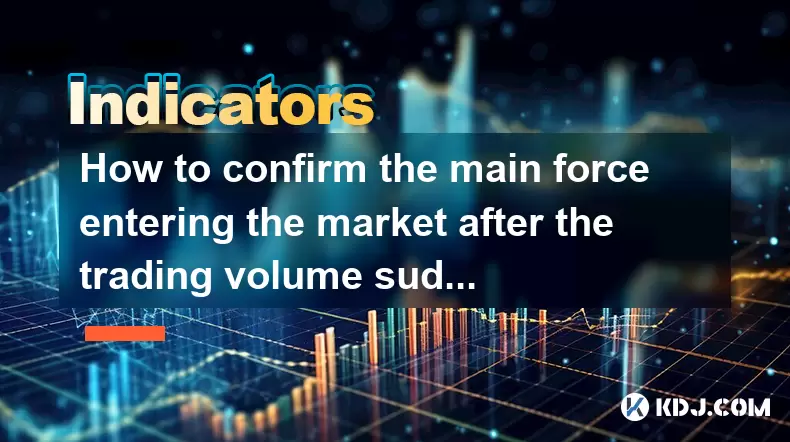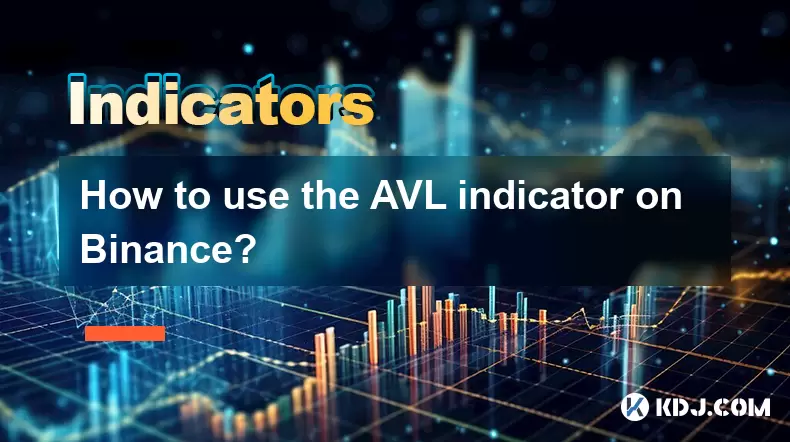-
 Bitcoin
Bitcoin $117700
-0.03% -
 Ethereum
Ethereum $3805
0.49% -
 XRP
XRP $3.098
-1.00% -
 Tether USDt
Tether USDt $1.000
0.03% -
 BNB
BNB $792.8
-1.72% -
 Solana
Solana $177.9
-1.95% -
 USDC
USDC $1.000
0.02% -
 Dogecoin
Dogecoin $0.2202
-1.55% -
 TRON
TRON $0.3278
-2.92% -
 Cardano
Cardano $0.7641
-2.43% -
 Hyperliquid
Hyperliquid $42.21
-2.68% -
 Sui
Sui $3.758
-1.58% -
 Stellar
Stellar $0.4080
-3.21% -
 Chainlink
Chainlink $17.75
-0.33% -
 Bitcoin Cash
Bitcoin Cash $591.8
4.96% -
 Hedera
Hedera $0.2561
-3.09% -
 Avalanche
Avalanche $23.34
-4.24% -
 Litecoin
Litecoin $110.7
1.96% -
 UNUS SED LEO
UNUS SED LEO $8.956
-0.01% -
 Toncoin
Toncoin $3.410
0.79% -
 Ethena USDe
Ethena USDe $1.001
0.03% -
 Shiba Inu
Shiba Inu $0.00001288
-1.82% -
 Uniswap
Uniswap $10.07
-2.06% -
 Polkadot
Polkadot $3.807
-2.27% -
 Monero
Monero $308.2
-2.15% -
 Dai
Dai $1.000
0.03% -
 Bitget Token
Bitget Token $4.521
-0.30% -
 Pepe
Pepe $0.00001134
-1.52% -
 Cronos
Cronos $0.1457
0.65% -
 Aave
Aave $274.9
-2.47%
How to confirm the main force entering the market after the trading volume suddenly increases?
A sudden spike in trading volume, especially with no major news, may signal institutional or "main force" entry into a cryptocurrency.
Jun 20, 2025 at 09:00 pm

Understanding the Relationship Between Trading Volume and Market Dynamics
In cryptocurrency trading, sudden increases in trading volume often raise questions about whether institutional or major players—commonly referred to as "main force"—have entered the market. The main force typically refers to large-scale investors or entities that can influence price movements due to their substantial capital. When a digital asset experiences a sharp spike in trading volume without a significant news event, it may signal such participation.
It is important to distinguish between organic retail-driven volume spikes and those caused by coordinated or algorithmic buying from larger players. This distinction is critical for traders who aim to ride potential momentum created by institutional inflows.
Key indicators include sudden surges in volume across multiple exchanges, unusual order book depth changes, and abnormal price behavior relative to volume.
Analyzing Order Book Depth and Liquidity Pools
One of the most effective ways to detect main force entry is through a detailed analysis of order book depth. Large players often break down massive orders into smaller ones to avoid detection, which results in an unnatural accumulation pattern in the order book.
- Check for thickening bid walls at specific price levels, especially when there's no apparent fundamental reason for support to form there.
- Observe how quickly buy or sell walls disappear after forming, which may indicate algorithmic execution strategies.
- Monitor liquidity pools on decentralized exchanges (DEXs), particularly Uniswap or SushiSwap, for sudden inflows of capital that could suggest whale activity.
These observations require real-time data tools like Depth Chart analyzers or blockchain explorers that track large wallet movements.
Examining On-Chain Metrics for Whale Movements
On-chain analytics provide crucial insights into whether large holders are actively moving funds. Tools such as Etherscan, Glassnode, or Santiment allow users to track whale wallets and assess whether they are accumulating or distributing tokens.
- Look for transfers involving wallets labeled as exchange reserves or known whales. A movement from cold storage to an exchange might precede selling pressure.
- Monitor the number of large transactions per hour or day. An increase beyond historical averages suggests active participation from big players.
- Track the "whale transaction count" metric, which highlights the frequency of transactions above a certain value threshold (e.g., $100,000 worth of ETH).
This layer of analysis helps separate speculative hype from actual institutional or high-net-worth individual involvement.
Evaluating Exchange Inflows and Stablecoin Dominance
When trading volume rises abruptly, checking exchange inflows can offer further confirmation of where the interest originates. If a particular cryptocurrency sees a surge in deposits on major exchanges, it might mean that large players are preparing to take positions.
- Use platforms like CryptoQuant or CoinGlass to monitor exchange balances for specific assets.
- A drop in exchange reserves combined with rising volume might indicate accumulation rather than distribution.
- Watch stablecoin inflows, particularly USDT or USDC, as increased deposits often precede buying activity in altcoins or Bitcoin.
Stablecoin dominance on-chain can act as a precursor to broader market moves, especially if it correlates with volume surges.
Combining Technical Indicators with Volume Analysis
Technical analysis tools such as Volume Weighted Average Price (VWAP), Relative Strength Index (RSI), and Moving Averages can help validate whether a volume spike aligns with institutional buying patterns.
- If volume surges occur alongside a strong close near session highs, it may suggest aggressive accumulation.
- Compare VWAP with current prices—if the price remains consistently above VWAP during high-volume periods, it could reflect sustained demand from large buyers.
- Watch for divergences between RSI and volume. For example, rising volume with a neutral or bullish RSI might indicate hidden strength.
These tools should be used together rather than in isolation to build a clearer picture of potential main force involvement.
Frequently Asked Questions
Q: Can I rely solely on volume to determine main force entry?
No, volume alone is not sufficient. It must be cross-referenced with order book depth, on-chain metrics, and technical indicators to confirm institutional participation.
Q: What tools are best for tracking whale activity in real time?
Platforms like Glassnode, Santiment, and Etherscan offer advanced analytics for monitoring whale transactions and wallet activities.
Q: How do decentralized exchanges affect the interpretation of volume spikes?
DEXs provide transparency into liquidity pool changes and token inflows, which can reveal patterns consistent with large-scale accumulation or redistribution.
Q: Is it possible for bots to mimic main force behavior?
Yes, sophisticated bots can simulate whale-like trading behavior. However, true main force entries usually leave deeper, more sustained imprints on order books and blockchain data.
Disclaimer:info@kdj.com
The information provided is not trading advice. kdj.com does not assume any responsibility for any investments made based on the information provided in this article. Cryptocurrencies are highly volatile and it is highly recommended that you invest with caution after thorough research!
If you believe that the content used on this website infringes your copyright, please contact us immediately (info@kdj.com) and we will delete it promptly.
- Cold Wallet vs. MetaMask: A Crypto Wallet Revolution?
- 2025-07-31 10:30:57
- Bitcoin Casinos in 2025: Instant Payouts and Welcome Bonuses
- 2025-07-31 10:50:33
- Meme Coins in 2025: Token Burns and the Quest for Moonshots
- 2025-07-31 10:50:33
- Unlocking Value: A Deep Dive into Random Year 1 oz Krugerrand Gold Coins
- 2025-07-31 10:57:21
- LYNO Token Presale: AI Arbitrage Revolution in DeFi
- 2025-07-31 05:11:11
- Pepecoin Successors: Can These Cryptocurrencies Make You a Millionaire?
- 2025-07-31 05:50:12
Related knowledge

How to use the AVL indicator to confirm a trend?
Jul 31,2025 at 10:25am
Understanding the AVL Indicator and Its ComponentsThe AVL indicator, also known as the Accumulation Volume Line, is a technical analysis tool that com...

How does volume affect the AVL indicator?
Jul 31,2025 at 11:23am
Understanding the AVL Indicator and Its Core ComponentsThe AVL indicator, short for Accumulation Volume Line, is a technical analysis tool used primar...

How to use the AVL indicator with MACD for better signals?
Jul 31,2025 at 09:22am
Understanding the AVL Indicator and Its Role in Cryptocurrency TradingThe AVL indicator, also known as the Accumulation Volume Line, is a volume-based...

How to identify sell signals with the AVL indicator?
Jul 31,2025 at 07:09am
Understanding the AVL Indicator and Its Core ComponentsThe AVL indicator, also known as the Accumulation Volume Line, is a volume-based technical anal...

How to use the AVL indicator on Binance?
Jul 31,2025 at 12:22pm
Understanding the AVL Indicator and Its Relevance on BinanceThe AVL indicator, also known as the Accumulation Volume Line, is a technical analysis too...

What are the best settings for the AVL indicator?
Jul 31,2025 at 10:04am
Understanding the AVL Indicator and Its PurposeThe AVL indicator, also known as the Accumulation Volume Line, is a technical analysis tool used in the...

How to use the AVL indicator to confirm a trend?
Jul 31,2025 at 10:25am
Understanding the AVL Indicator and Its ComponentsThe AVL indicator, also known as the Accumulation Volume Line, is a technical analysis tool that com...

How does volume affect the AVL indicator?
Jul 31,2025 at 11:23am
Understanding the AVL Indicator and Its Core ComponentsThe AVL indicator, short for Accumulation Volume Line, is a technical analysis tool used primar...

How to use the AVL indicator with MACD for better signals?
Jul 31,2025 at 09:22am
Understanding the AVL Indicator and Its Role in Cryptocurrency TradingThe AVL indicator, also known as the Accumulation Volume Line, is a volume-based...

How to identify sell signals with the AVL indicator?
Jul 31,2025 at 07:09am
Understanding the AVL Indicator and Its Core ComponentsThe AVL indicator, also known as the Accumulation Volume Line, is a volume-based technical anal...

How to use the AVL indicator on Binance?
Jul 31,2025 at 12:22pm
Understanding the AVL Indicator and Its Relevance on BinanceThe AVL indicator, also known as the Accumulation Volume Line, is a technical analysis too...

What are the best settings for the AVL indicator?
Jul 31,2025 at 10:04am
Understanding the AVL Indicator and Its PurposeThe AVL indicator, also known as the Accumulation Volume Line, is a technical analysis tool used in the...
See all articles

























































































